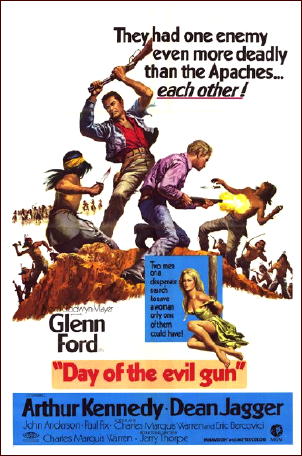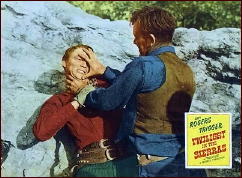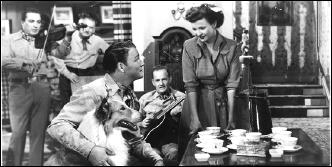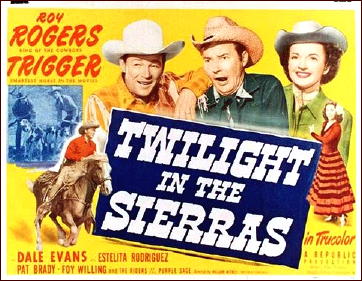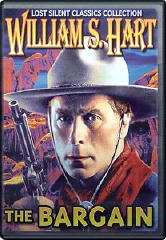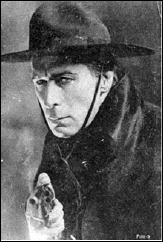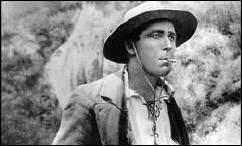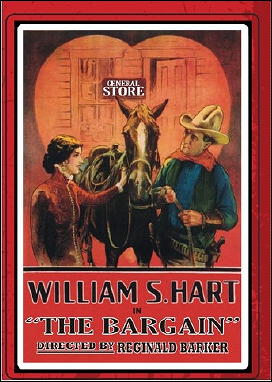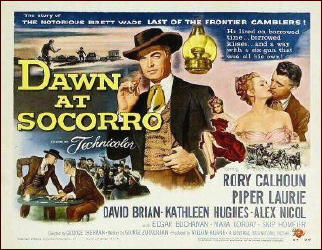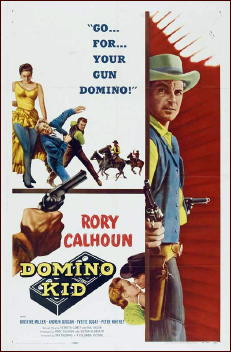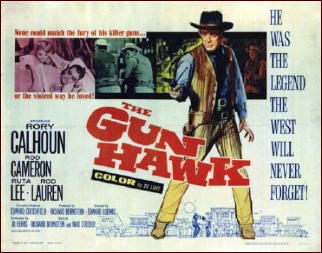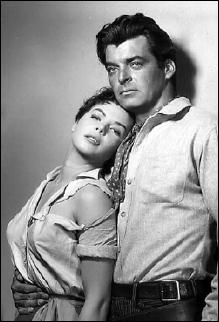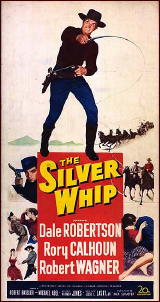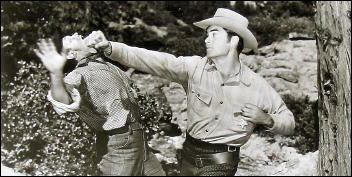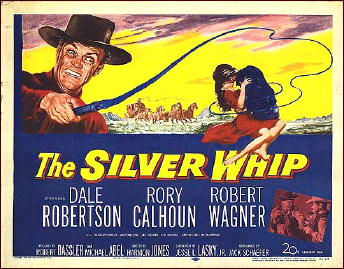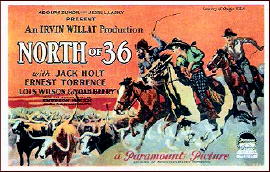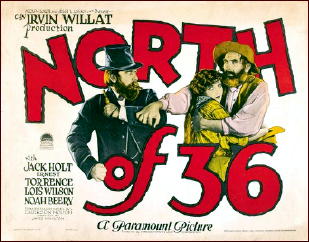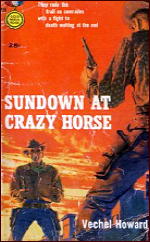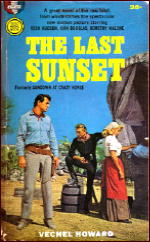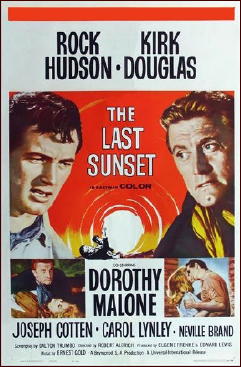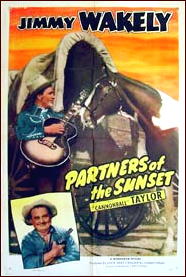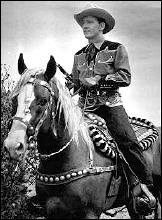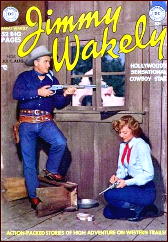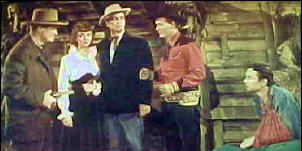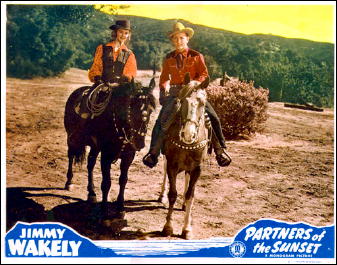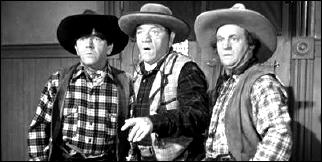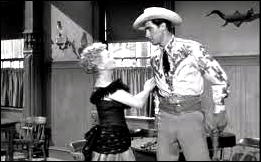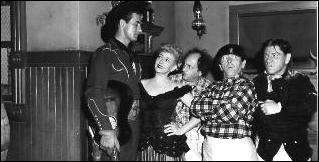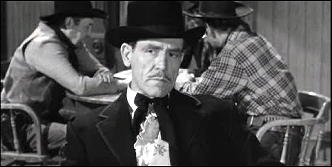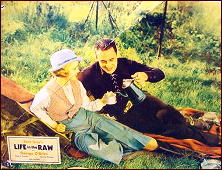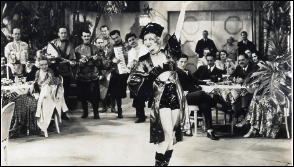Wed 13 Jun 2012
A Western Movie Review by Dan Stumpf: DAY OF THE EVIL GUN (1968).
Posted by Steve under Reviews , Western movies[20] Comments
DAY OF THE EVIL GUN. MGM, 1968. Glenn Ford, Arthur Kennedy, Dean Jagger, John Anderson, Paul Fix, Nico Minardos, Dean Stanton, Pilar Pellicer, Parley Baer, Royal Dano. Screenplay: Charles Marquis Warren and Eric Bercovici, based on a story by the former. Director: Jerry Thorpe.
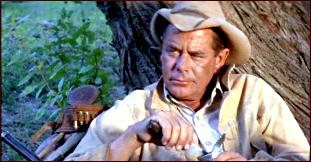
Day of the Evil Gun is perhaps more enjoyable for the films it remembers than for the film it is, but I found it an agreeably entertaining ninety minutes or so when I saw it at the local grind-houses in my misspent college years and again when I revisited it last month.
Glenn Ford and Arthur Kennedy star in this thing, and their iconic presences add a certain amount of dramatic weight to what would otherwise have been a rather insubstantial effort.
How insubstantial? Well the plot is the well-worn one about a gunfighter (Glenn Ford) forswearing violence and returning home, only to find … well they always find one damn thing or another, and this time it’s that his wife and kids got carried off by Injuns t’other day.
Well hell. So Glenn has to strap on his guns and ride off once again, following what clues he can find to rescue his family.
What follows is rather cheaply done, with only a few sets and extras, simplistic action scenes, and even a dearth of horses. There are a few good ideas here and there, too often let down by uninspired execution.
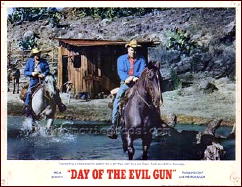
The Indians who have been marauding the countryside, appearing at will and then vanishing like ninja warriors when they decimate a troop of soldiers, get a bad case of the Stupids once Glenn actually catches up with them, and the rescue the film has been building to seems easy and anticlimactic.
Lame script and fitful direction (by Jerry Thorpe, son of Richard Thorpe, a director who plodded around Metro for a generation) don’t help at all.
But what does help is a cast that seems to remember better days, starting with Dean Jagger as a crazed (or is he?) drifter who gets along with the Apache — a direct reference to Old Mose in The Searchers. Then there’s Paul Fix as yet another weary marshal, John Anderson from Ride the High Country, Royal Dano from Johnny Guitar and James Griffith, who incarnated both Doc Holiday and Pat Garrett in the B movies at various times.
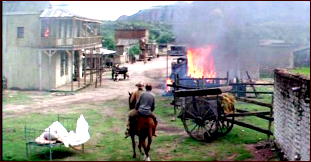
All of whom are outshown by Arthur Kennedy as a neighboring rancher who’s been a-courtin’ Glenn’s wife whilst he was gone. Back in the 50s, Glenn Ford may have been the bigger star, always the savvy westerner, but Kennedy got the juicier parts, invariably as the likeable but weak-willed good/bad guy who gets corrupted in films like Rancho Notorious, The Lusty Men, Bend of the River and Man from Laramie, and it’s good to see him get out the Moral Disintegration bit one more time.
The last face-off between Ford and Kennedy, two dusty veterans stepping out in the street for a last bout of gunplay, is done with authority and even a certain reverence, and it’s a real pleasure to watch, even if the ending is a foregone conclusion.
